Kajabi vs. Teachable vs. Clarityflow: An In-Depth Comparison
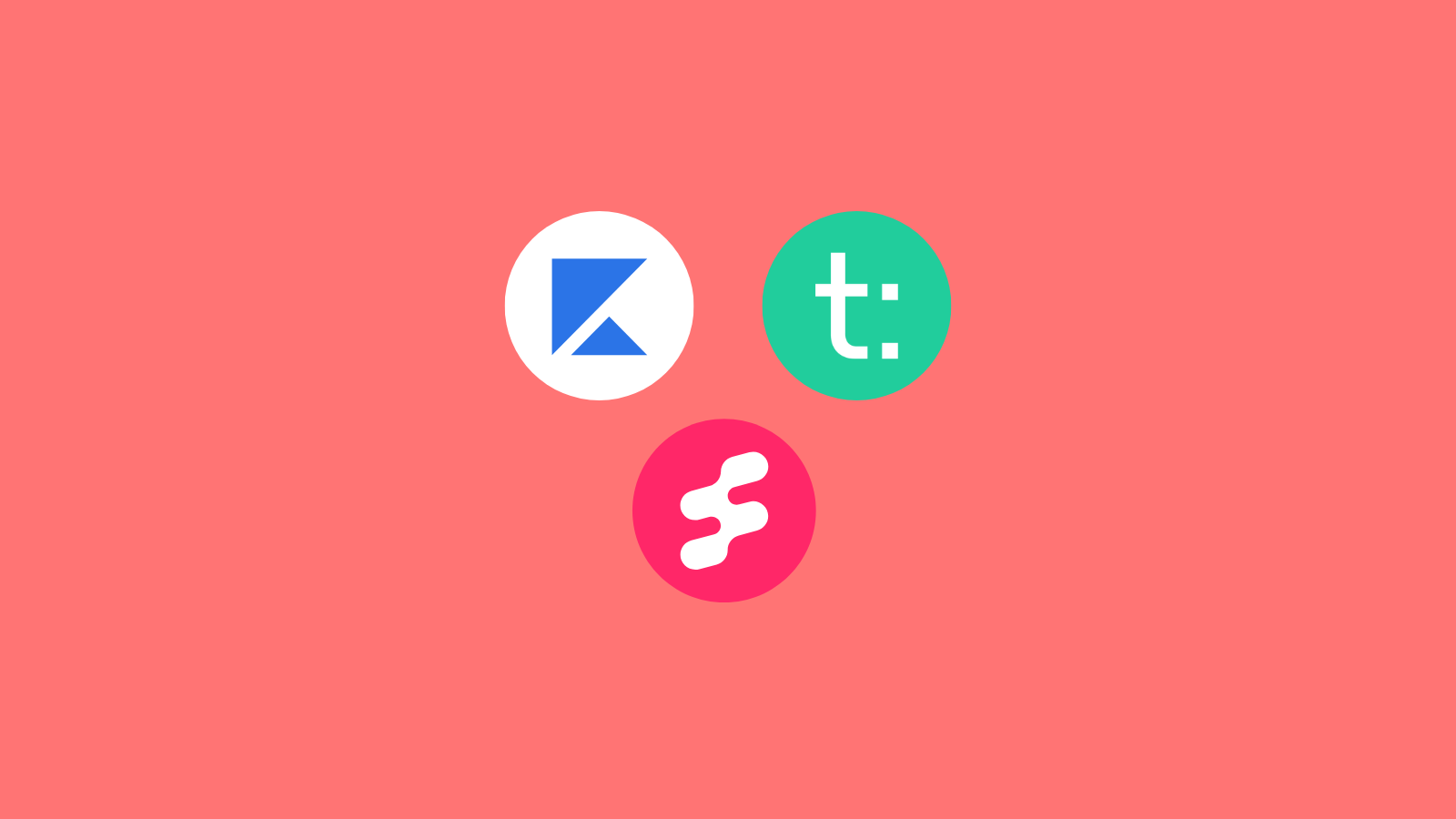
Your coaching platform is the backbone of your coaching business. It’s where you’ll create your courses and resources, sell your coaching programs, and engage your clients.
Choosing the right one is crucial — you don’t want to just throw a dart at a board or go with one simply because you’ve heard a lot about it. This process deserves a little more consideration than pulling a name out of a hat or going with your gut.
But start to compare your options and it’s easy to become overwhelmed with all of the jargon-filled features pages and lofty promises. How the heck can you dig beneath the sales pitch and actually tell which one is the right fit for your coaching business?
We’re here to help. We’re matching up two popular solutions — Kajabi vs. Teachable — to give you the lowdown on how they compare. Plus, we’ll throw another name into the proverbial hat: Clarityflow.
As the only solution that’s built specifically for coaches who offer courses, it might just be the easy answer you’ve been hoping for. Let’s see how all three stack up.
Kajabi, Teachable, and Clarityflow: A detailed overview of each platform
Here’s the truth about looking at Kajabi vs. Teachable vs. Clarityflow: There isn’t necessarily a bad choice here. But there will inevitably be one that’s better based on your specific needs and business goals.
This honest comparison is intended to help you understand the highs, lows, and use cases of each platform so you can make an informed decision about which one is the best match for your unique business (and not everybody else’s).
Kajabi: A one-stop-shop for an online business
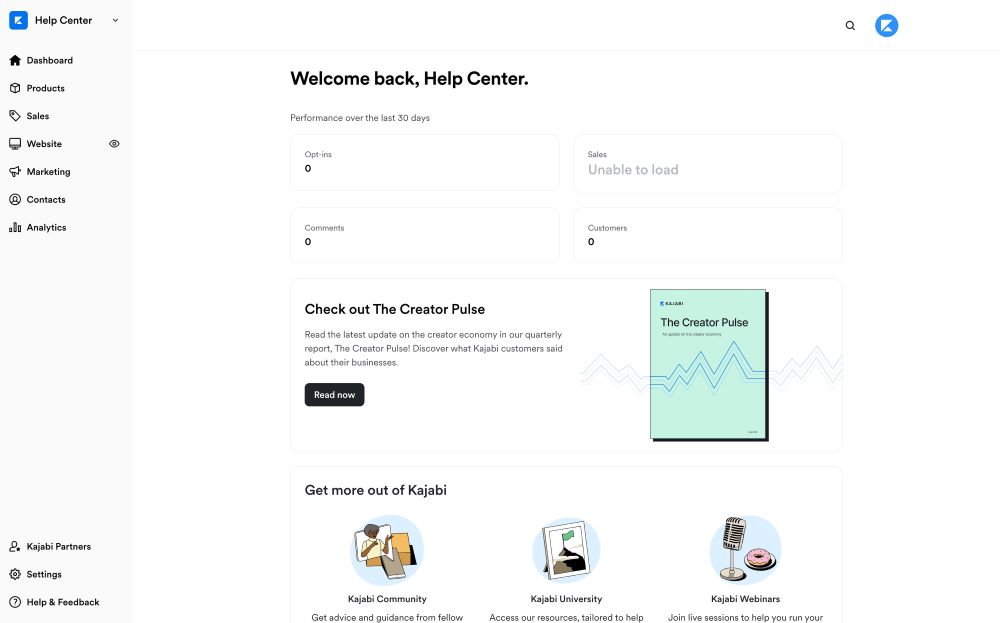
It’s a good choice for: Teachers, creators and others who are starting a brand new business and still need to set up a website and other foundational elements
It’s not a good choice for: Coaches who already have the basics in place and want to scale their business with more efficient coaching (without sacrificing personalization and connection)
We’ll be honest: It’s hard to give a quick overview of Kajabi because this platform is so comprehensive. Almost overwhelmingly so.
Like the other solutions on this list, Kajabi is designed to help you monetize your knowledge. With Kajabi, you can offer coaching, create courses, and build communities. But Kajabi goes beyond those offerings with other options like podcasts and memberships too.
Where Kajabi really shines is with its comprehensive suite of sales and marketing tools. You can use it to create your entire coaching website or landing pages for specific programs or offerings. Build email campaigns and funnels to drive more sales or let your clients access your resources anywhere with the easy mobile app.
You can also manage all of the logistics (you know, the un-sexy stuff that comes with running a business) directly within Kajabi too. From your contacts to payments to detailed analytics about your business performance, you’ll find it all in there.
It bills itself as an all-in-one platform — and it’s easy to see why.
Kajabi pros:
One-stop-shop: One of Kajabi’s biggest selling points is just how comprehensive it is. From downloadable products to live sessions, you can manage nearly every aspect of your coaching business on one, integrated platform — which feels a lot more streamlined than juggling dozens of different tools.
Customer onboarding: Many users point out Kajabi’s top-notch customer onboarding. With a warm welcome video and plenty of training to get you up to speed, Kajabi offers plenty of resources to help you navigate the platform.
Mobile app: If you have clients who want to learn on-the-go, the Kajabi mobile app is a super intuitive and accessible way for them to do so. It’s available for both Apple and Android users so people can get to your content from wherever they are.
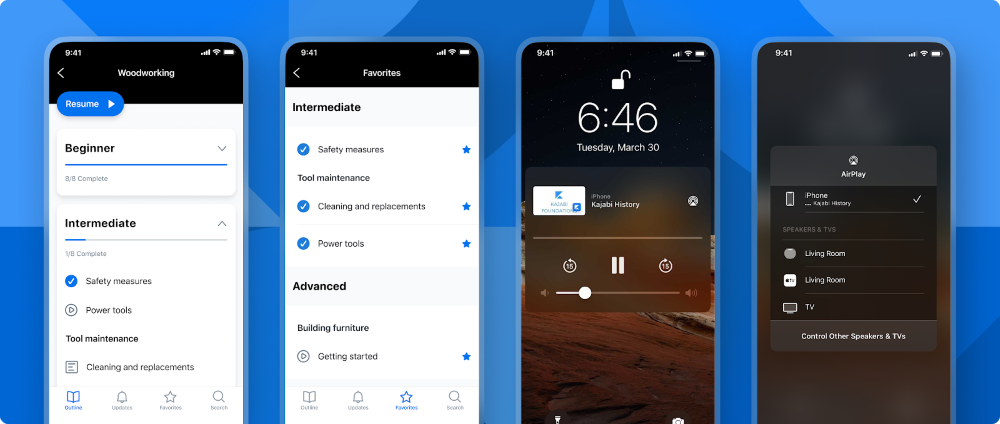
Kajabi cons:
Learning curve: Even though Kajabi throws its weight behind training, the sheer breadth of this platform means there’s still a pretty steep learning curve. There are seemingly endless features to wade through and some users say the crowded interface makes it tough to figure out where they need to be.
Customer service: Kajabi’s customer support leaves quite a bit to be desired as well. Several users mention long response times (or no responses at all) when they have questions or challenges.
Course interactivity: For all of its features, Kajabi’s courses are lacking — particularly when it comes to interactivity and personalization. While you can incorporate quizzes into your course content, that’s about it. There aren’t any other ways to engage clients personally and directly within your courses.
Kajabi pricing:
The price tag is another potential con of Kajabi. As you might expect, because this platform is so comprehensive, it’s also pretty expensive.
As of this writing, there’s no free plan with Kajabi. Paid plans start at $119 USD per month (when billed annually), but you’ll be pretty limited in what you can do — particularly since this Basic plan only allows for three products.
If you want more advanced features like the ability to whitelabel, create more products, and offer an affiliate program, you’ll need to step up to the Growth plan, which is $159 USD per month (again, when billed annually).
Want the whole shebang in terms of what Kajabi is capable of? The Pro plan has it all — but for the high price of $319 USD per month.
Take a look at Kajabi’s pricing information to compare plans, features, and prices.
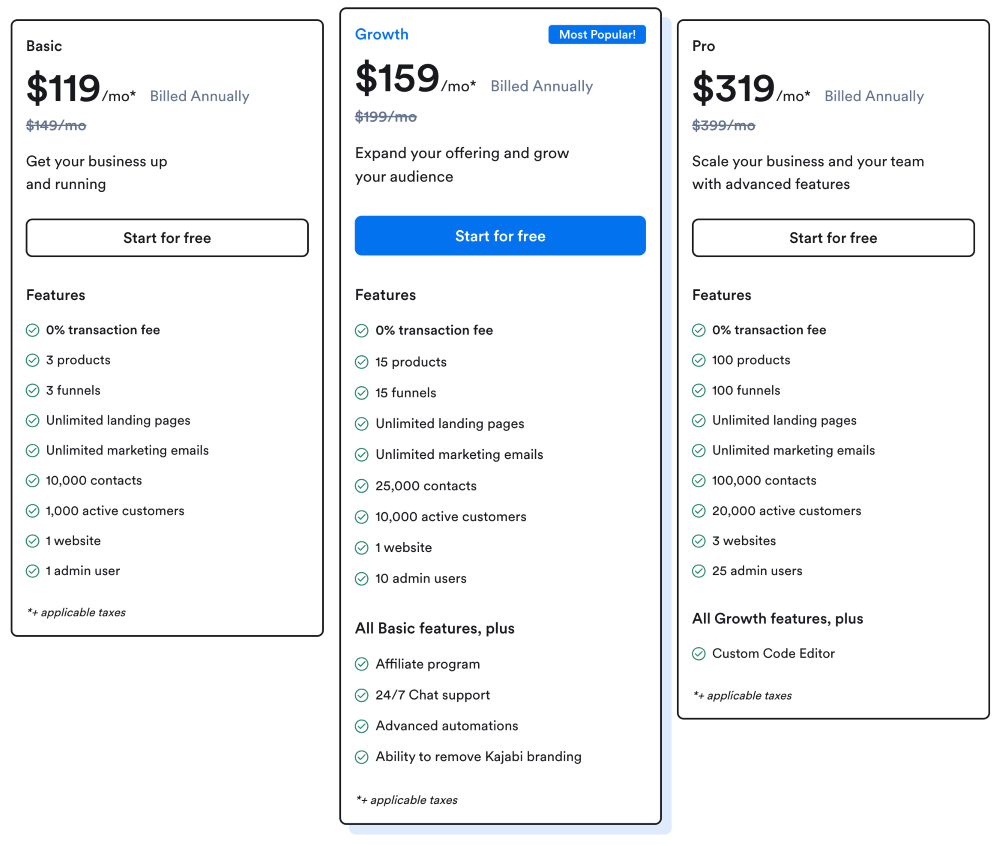
What real Kajabi users say:
Many of the reviews of Kajabi are positive, but there are a few notable downsides that people mention (particularly when it comes to the steep learning curve). Here’s a look at a few reviews from real users.
“Great if you need all the bells and whistles, but a lot of people would probably do better to have something easier to implement ‘out of the box.’” — Reviewer on G2
“Kajabi sells itself as the one home for your whole business - websites, courses, checkout, membership, landing pages, email. And all those features are pretty decent. Not best in class, but pretty good.” — Reviewer on Capterra
“The email marketing feature is very lackluster and the overall platform navigation is a bit confusing and clunky.” — Reviewer on G2
While Kajabi can work will for large course-deliver applications, coaches often consider a Kajabi alternative like Clarityflow, which offers a less rigid and more personalized coaching experience alongside courses (more on Clarityflow below).
Teachable: Focused on courses and content

It’s a good choice for: Online teachers who prioritize hands-off sales over true client connection and engagement
It’s not a good choice for: Coaches who want to deliver a personalized and high-impact coaching experience
Match up Teachable against other rivals like Thinkific and it’ll win out when it comes to sales and marketing features. With detailed reports, tracking pixels, and the ability to set up your own affiliate program, it has plenty of tools designed to help you monitor and boost your sales and performance.
But up against Kajabi? Teachable sort of pales in comparison — Kajabi is far more exhaustive when it comes to sales and marketing tools like landing pages, funnels, and more.
So then what’s Teachable’s big differentiator in this matchup? Well, for starters, it’s a well-known and recognizable name for helping creators monetize their knowledge through three main avenues: online courses, digital downloads, and coaching.
That means you’ll find a lot of the features and capabilities you’d expect, such as simple and straightforward course creation (with plenty of templates), a drag-and-drop landing page builder, and easy payments and tax handling.
Where it lacks, though, is in facilitating deep connection and relationships with clients and customers. Teachable offers no built-in community features or group coaching options and no ability to create interactive and personalized courses.
Teachable pros:
Ease of use: Particularly when compared with a giant like Kajabi, Teachable is fairly approachable and intuitive to use with a simple payment processing and a dashboard that’s well-organized and straightforward to navigate. Many users point to the user-friendliness of the platform for both coaches and clients.
Simple course building: Related to the above, Teachable makes it easy to build a course and get it up and running — even if you don’t pride yourself on your design chops or tech savviness. There are plenty of customizable templates, tips, and an easy interface to help you along the way.

Free plan: Unlike Kajabi, Teachable offers a free plan which is ideal for people who want to test out the platform or don’t anticipate needing to lift the limitations. However, be aware that while the plan itself is free, you’ll pay a $1 plus 10% transaction fee on all purchases from your clients while on the free plan.
Teachable cons:
No built-in community features: If you want to facilitate some camaraderie and connection between your coaching clients, you’ll be hard-pressed to do it in Teachable. There are no built-in community features — you’ll have to integrate with a third-party app, which can be clunky.
Customer support: Teachable also doesn’t get many rave reviews when it comes to customer support. It has a low rating (only 2.6 stars) on Trustpilot — which is significantly lower than Kajabi’s 4.6 star rating on the same site. Many user reviews mention nonexistent customer contact or painfully long wait times.
Transaction fee: The price of Teachable’s plans is fairly comparable to other platforms — provided you’re willing to ignore the transaction fee. It’s one of the only platforms to charge this sort of fee and it can quickly add up, unless you upgrade to the highest-tier plans to avoid the fee altogether.
Teachable pricing:
As of this writing, Teachable does offer a free plan, but as you’d probably expect, there are plenty of limitations. You can only have one administrator and one published product of each type (course, coaching, and downloads). Plus, keep in mind that this “free” plan also comes with the heftiest transaction fee of all of the plans — $1 plus a 10% transaction fee on every single purchase.
If you want to upgrade to a paid plan, the cheapest one starts at $39 USD per month (when billed annually). That’ll unlock the ability to create five published products of each type along with more advanced features. Plus, there’s a lower transaction fee of 5% on each purchase.
The higher-tier plans remove the transaction fee, but of course, you’re paying more for the plan itself. Check out Teachable’s pricing page to see what you get with each plan.
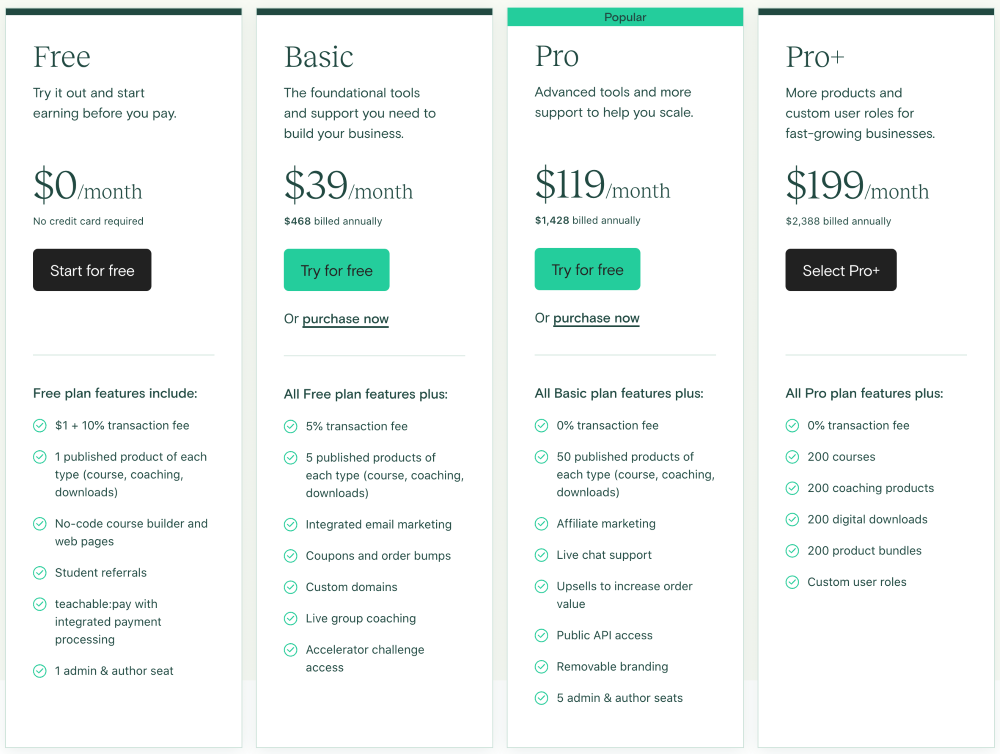
What real Teachable users say:
Teachable also has plenty of positive reviews, particularly when it comes to how easy the platform is to get up and running on. However, some more critical reviews mention the company’s lackluster customer support and the steeper pricing model.
“Teachable is very user friendly. I am not a very technically inclined person and this program gave me the ease I needed to set [up] our digital classroom.” — Reviewer on G2
“Once I started building my courses at first it was positive because it's very simple to start. However, once I got a little deeper into my process, I realized that there are many limitations to this platform that required me to do workarounds.” — Reviewer on Capterra
“Customer service is horrible, you get caught in unending loops of staff asking you the same questions over and over with near no resolution. They also deal poorly with non-US currencies.” — Reviewer on G2
Clarityflow: The must-have solution for coaches (and their clients)
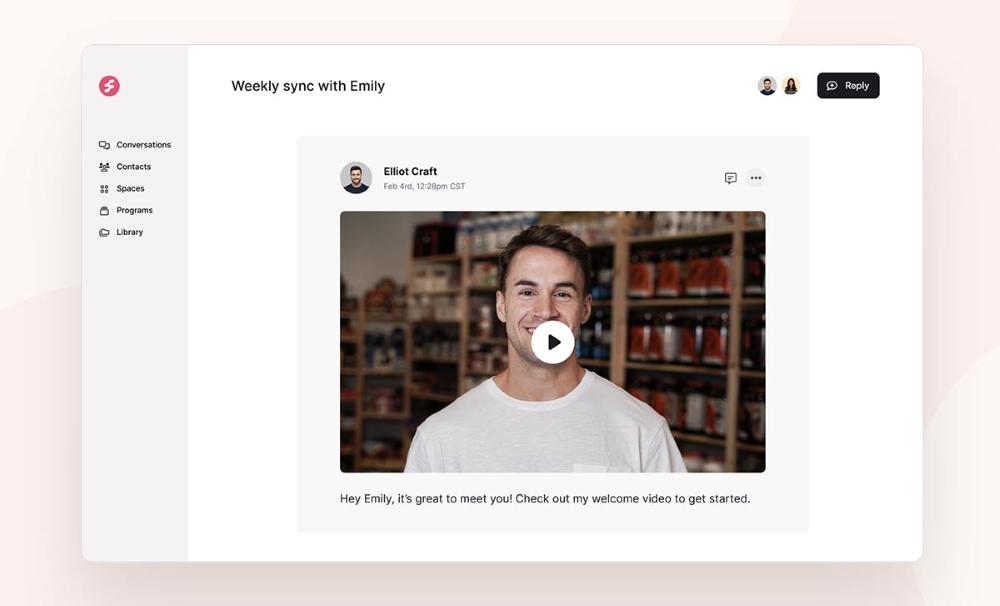
It’s a good choice for: Coaches who pride themselves on solid communication and meaningful, personalized connections with their clients
It’s not a good choice for: Coaches who need all of the marketing bells and whistles
What separates Clarityflow from the other options on this list (or anywhere)? That’s easy: It’s the only platform built specifically for coaches. It’s not geared toward anybody who wants to make money from their expertise — every single feature is designed with only coaches in mind.
The ability to communicate with clients asynchronously is arguably one of the most standout features. With Clarityflow, you can offer asynchronous coaching and trade video, audio, and text messages with your clients in threaded conversations. Where the other platforms have clunky DMs or inefficient workarounds, Clarityflow is all about facilitating a deep, personal connection between you and your coaching clients.
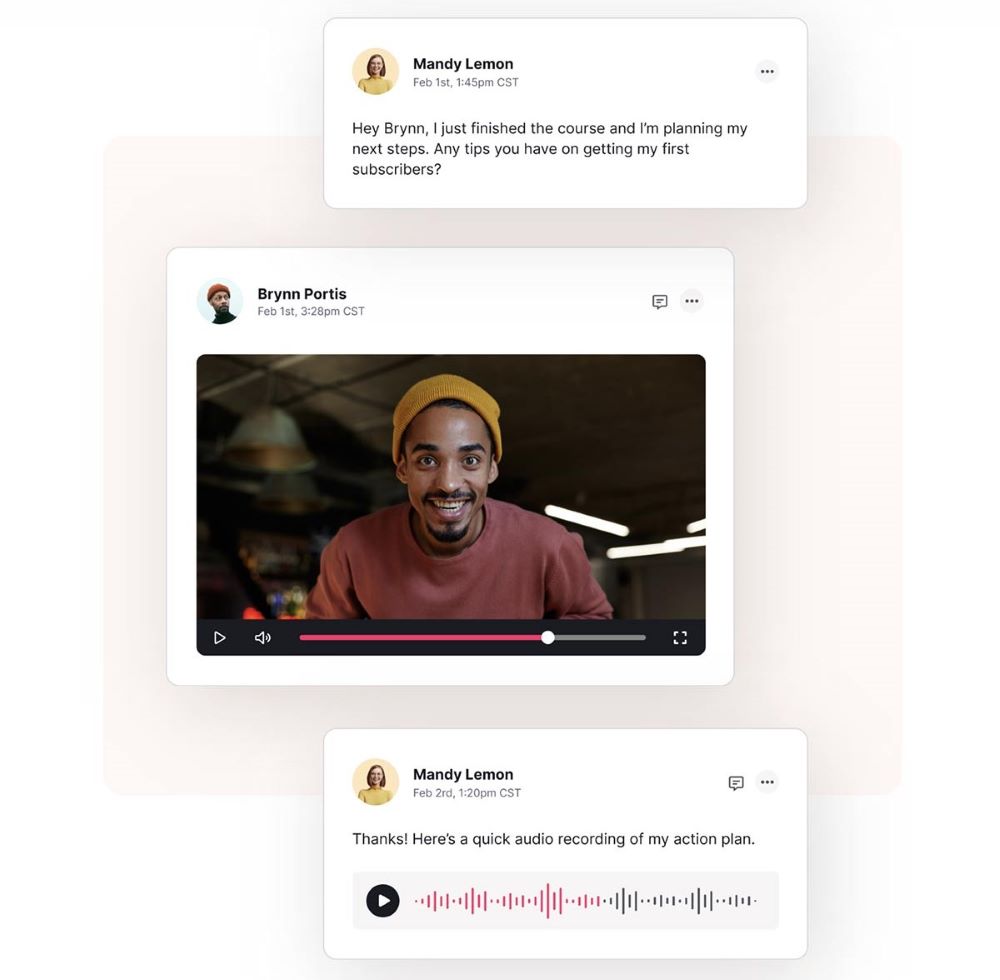
That personal connection doesn’t just apply to your one-on-one conversations and interactions. With Clarityflow’s interactive courses, your content and resources themselves feel personalized too. You can tailor the content of your course and also incorporate personalized feedback and answer questions right within the actual course, so students don’t need to search for the customized information that’s most helpful to them.
Think of it as the efficiency and scalability of course creation combined with the high-touch of one-on-one coaching.
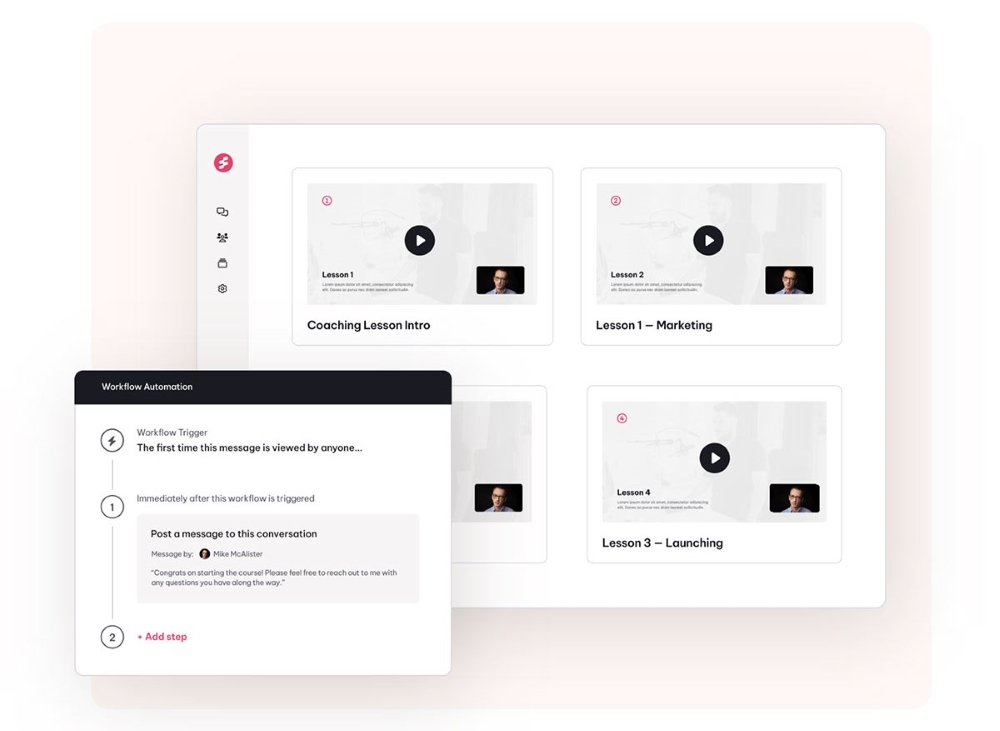
Want to offer group coaching or a community? You can do that directly within Clarityflow with Spaces, where it’s easy to offer group coaching and create evergreen or cohort-based communities for all of your learners.
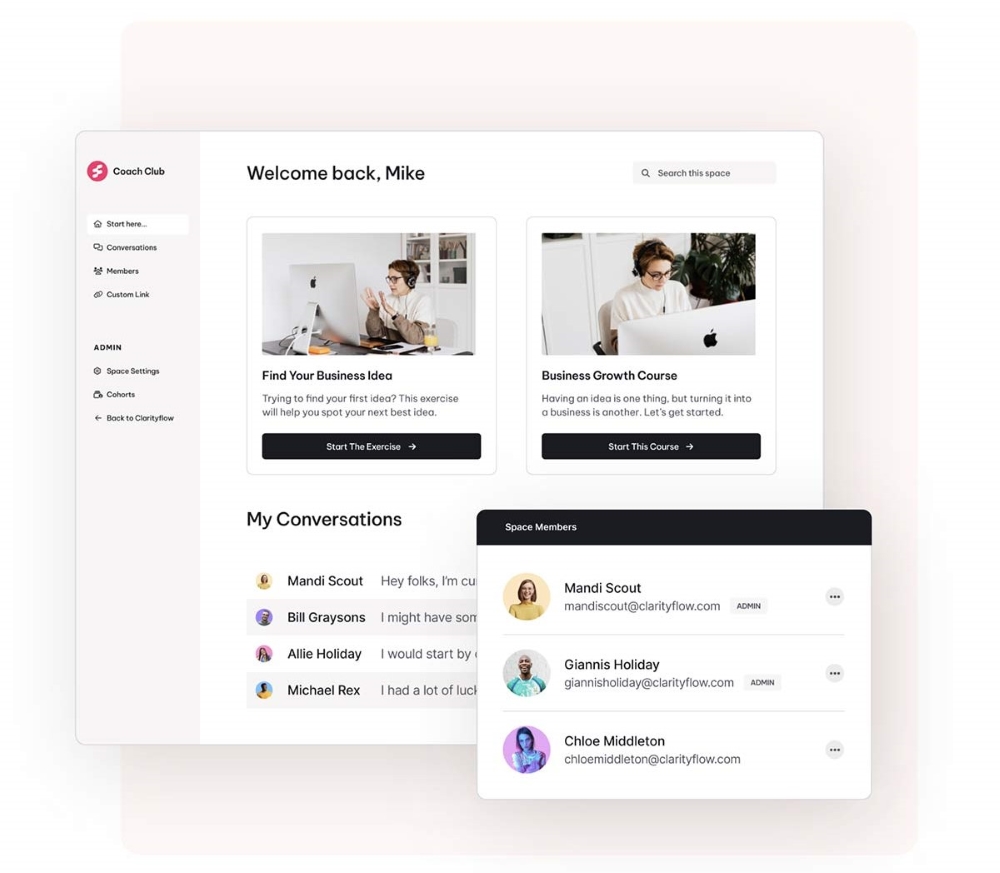
Your coaching software should be the home for all of your relevant resources and materials — templates, modules, frameworks, assessments, Q&A’s, and more. You can keep all of them in your Coaching Library so you can easily access them and mix them in with your more personalized content.
You have flexibility in how you package and sell your offerings too. With the Stripe integration, you can set them up as one-time purchasable products, installment plans, or subscriptions for recurring revenue.
And on the topic of integrations, Stripe isn’t it — there are tons of helpful integrations to explore, as well as limitless ways to automate your coaching workflows with Zapier and webhooks.

Clarityflow is accessible on any device and there’s also a mobile app for both iOS and Android so you and your clients can communicate and collaborate from wherever you are.
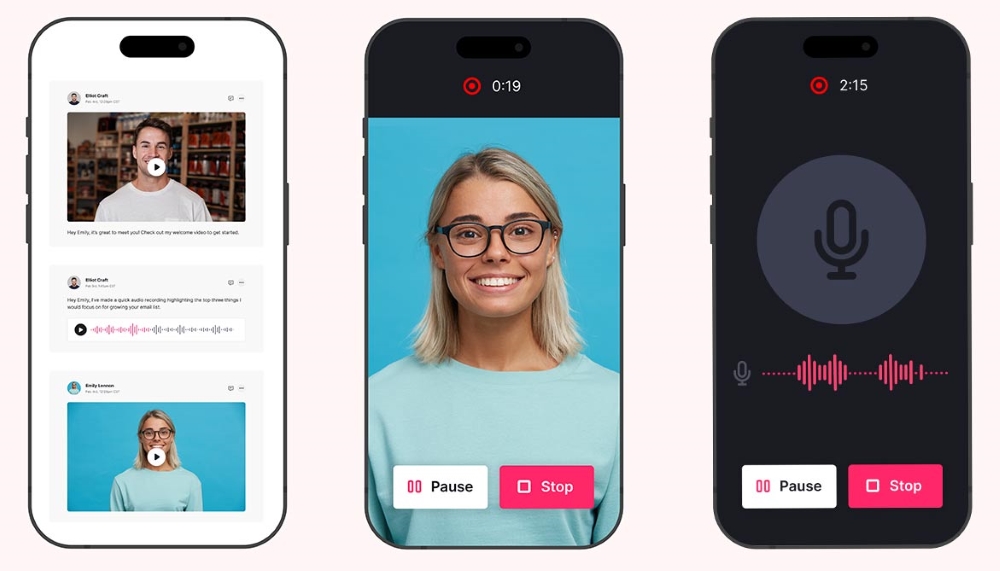
In short, all of these tailor-made features mean you go beyond educating your coaching clients — with Clarityflow, you can truly engage them.
Favorite Clarityflow features:
Asynchronous communication: Forget losing track of DMs, scrolling through endless email chains, or having to clog up your schedule with one-on-one video calls. Clarityflow creates threaded conversations where you and your students can easily trade video, audio, and text messages — even directly inside your courses.
Personalized student experience: Students and coaches love the personalization of courses with targeted feedback and customized content. And that personal touch starts right from the beginning in Clarityflow. You can create custom intake pages for pre-coaching questionnaires, build personalized onboarding flows for all of your clients, and deliver a coaching experience that feels purposefully built for them and them alone.
Customization and branding: Your coaching software is more than just a repository of all of your resources — it’s a crucial piece of your brand. Clarityflow has plenty of custom branding features and you can also create your own custom domain name.
Clarityflow pricing:
If you think these sort of made-to-measure capabilities mean an unreasonable price tag, think again. Clarityflow’s pricing is comparable with other solutions on the market — even more so when you consider that Clarityflow has no transaction fee.
As of this writing, plans start at $39 USD per month (when billed annually). That gives you access to unlimited conversations, one space for 10 members, one program for up to 30 enrollments per month, and room for 10 templates in your library.
Paid plans go up to $149 per month (again, when billed annually), making even the highest-tier plan more cost-effective than the other alternatives.
Get the lowdown on Clarityflow’s most current pricing information and pick your plan.
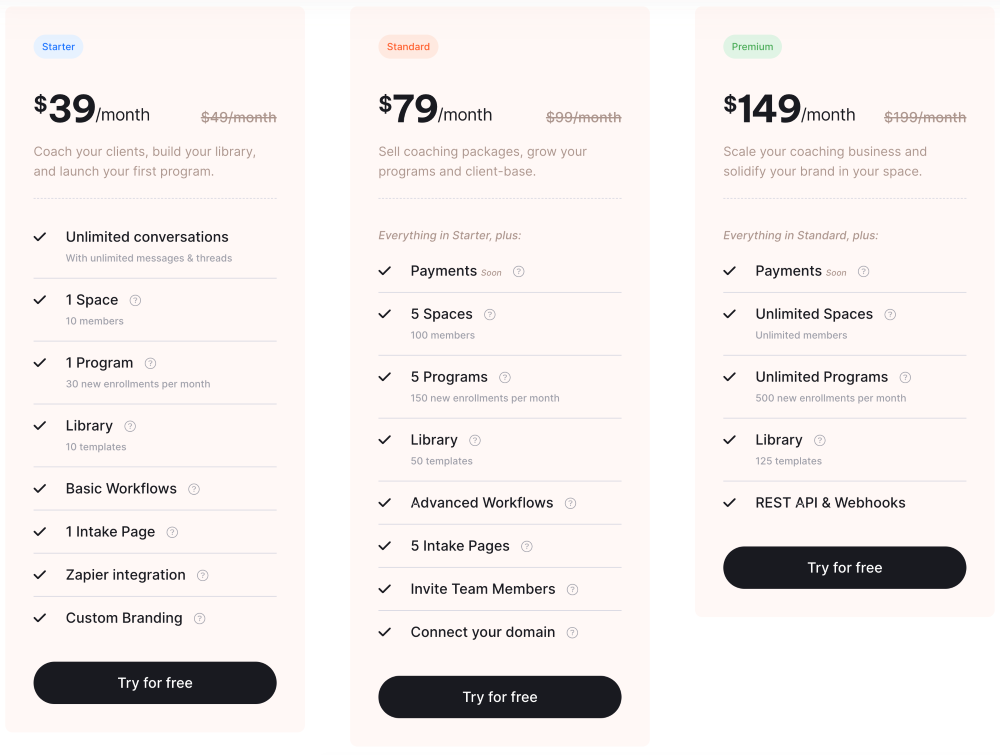
What real Clarityflow users say:
We think Clarityflow is the best choice on the market for coaches. But you don’t have to take our word for it — here’s what some of our real users have to say. You can find more in-depth interviews with customers on the Clarityflow YouTube channel.
“Clarityflow has been an absolute game changer for my coaching business. My clients love it too.” — Jason Resnick, ConvertKit Coach
“I love to use Clarityflow for communicating with my clients. It’s so much easier to use than every other tool I’ve ever tried!” — Kendrick Shope, Consultant
“I’ve deeply fallen in love with Clarityflow. When people have questions, I can deliver answers without booking a call.” — Chris Lema, Business Coach
Kajabi vs. Teachable vs. Clarityflow: Which one should you choose for your coaching business?
Alright, that’s the rub on all three platforms. Still scratching your head and wondering which one is the right fit for your coaching business? You can keep the dartboard where it is. This handy comparison table will give you a quick understanding of how all three solutions match up in a few important areas.
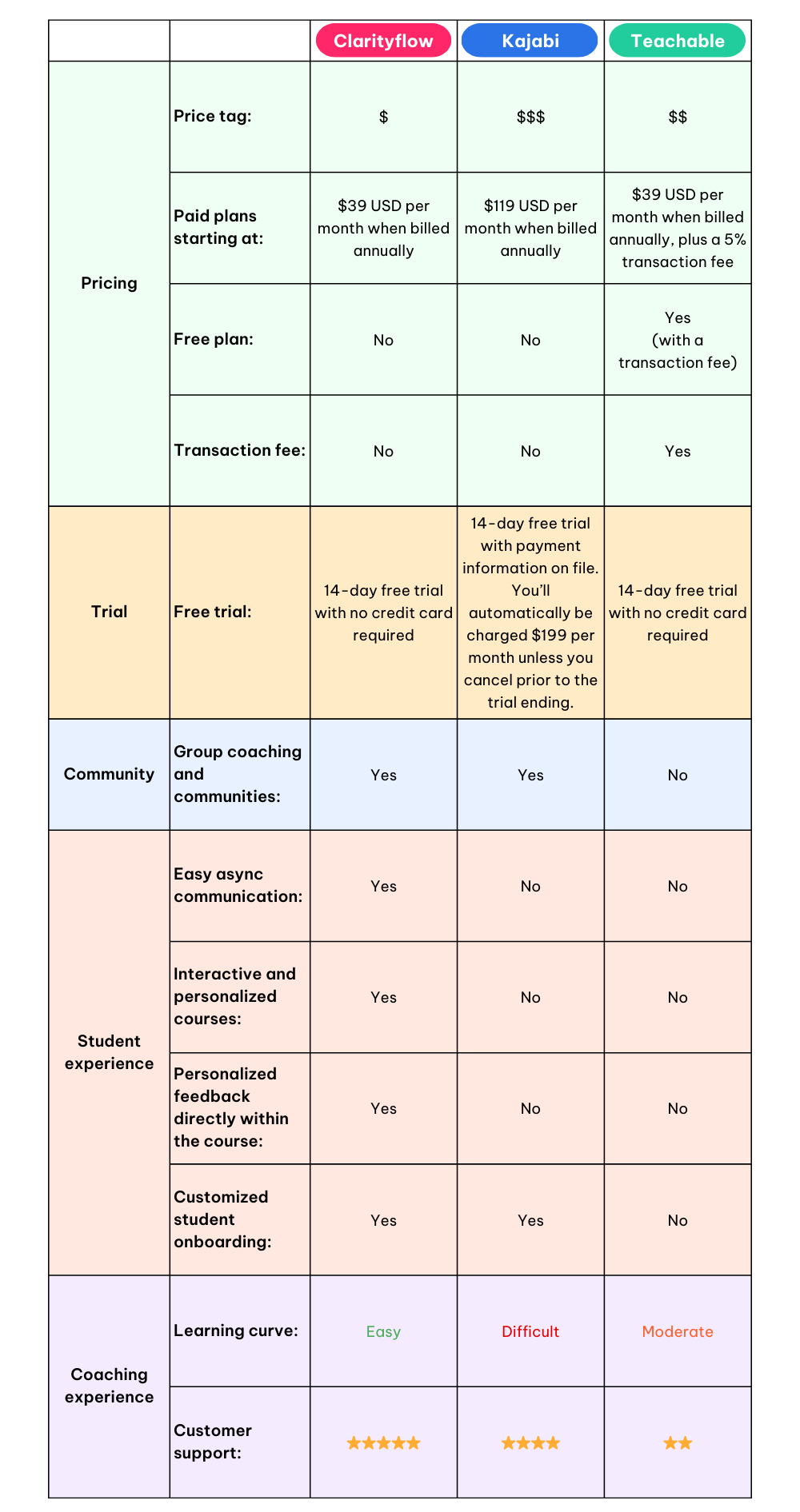
Your coaching business needs coaching software
There’s a reason we emphasized the word “coaching” there — it’s because your coaching business has unique needs and challenges that simply won’t be met with other generic, off-the-shelf software options.
Sure, both Kajabi and Teachable can get the job done. But Clarityflow is the only one built specifically with coaches in mind. All of the features are designed to help you efficiently create and sell your coaching programs and resources, communicate with your clients, and scale your business — all in one intuitive, centralized place.
So at the end of the day, this might be the only comparison chart you actually need to make your decision:

Discover the difference with coaching software that’s built specifically for coaches. Start your free trial of Clarityflow today.



